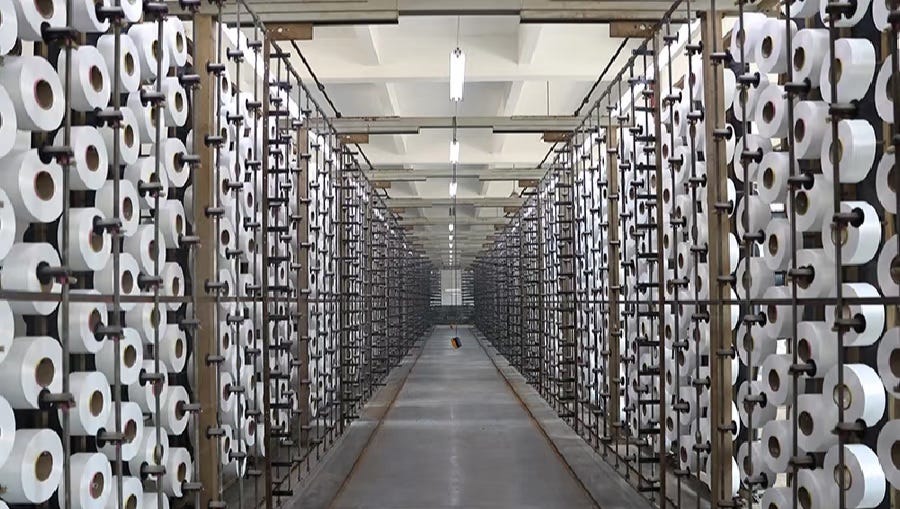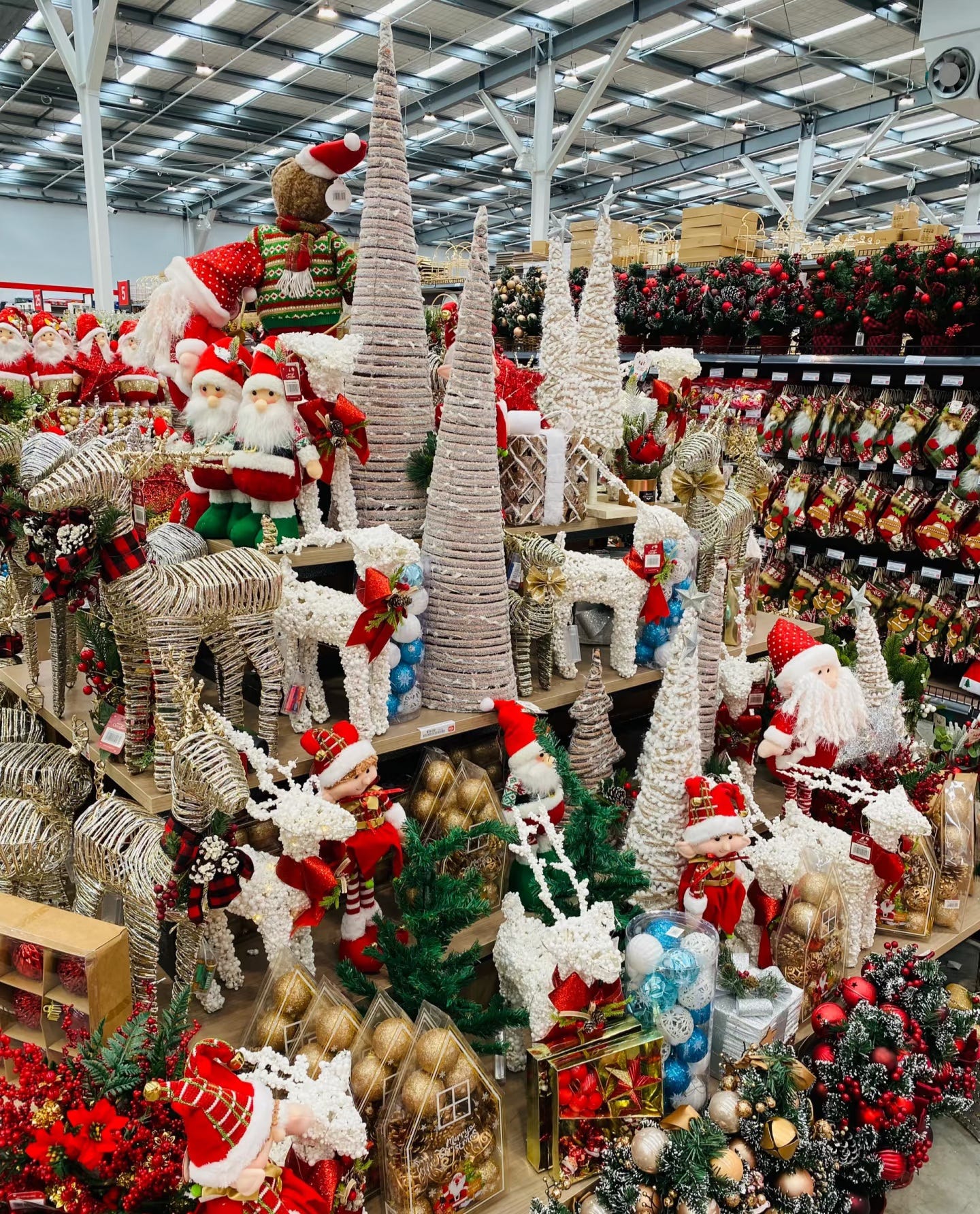Each week, I share one story or insight that brings you closer to the real world of Chinese manufacturing.
Whether you're a brand founder, buyer, or curious entrepreneur, Made Real helps you understand how things are truly made — so you can build smarter, source better, and bring your ideas to life with confidence.
In recent weeks, headlines have once again been dominated by talk of “decoupling” from China. From tariffs to sanctions, U.S. politicians—especially President Trump—have pushed the idea that America must reduce its dependence on Chinese manufacturing. Trump even called it a “beautiful trade war,” hoping that higher tariffs would hurt China and bring jobs back to the U.S.
But here’s the truth that rarely makes the news:
Tariffs may grab attention, but they don’t work the way people think.
Let me explain why.
1. China Is No Longer Just the World’s Factory — It’s the World’s Supply Chain
The old stereotype of Chinese factories as low-cost labor hubs making cheap goods is outdated. Today, China has become something far more complex: a fully integrated manufacturing ecosystem.
If you walk through Yiwu Market, you’ll see thousands of stalls—but behind each product is an invisible web of nearby factories, mold makers, logistics providers, packaging plants, raw material suppliers, and skilled workers—all operating in sync. This clustered infrastructure has taken decades to build, and no country can replicate it overnight.
That’s why raising tariffs doesn’t cause U.S. companies to simply “move production to Vietnam” or “bring it home.” It’s not just about wages anymore (in fact, Chinese wages are often higher than those in many other manufacturing countries). It’s about efficiency, scale, and flexibility—and China still leads on all three.
2. Tariffs Are a Tax on the Buyer—Not the Seller
What many don’t realize is this:
Tariffs are paid by the importer, not the Chinese exporter.
When the U.S. slaps a 145% tariff on Chinese goods, it’s American businesses that absorb the cost. This added expense is then passed down to retailers, and finally to consumers. According to a 2023 report by the Peterson Institute for International Economics, Trump-era tariffs cost American consumers $48 billion in added expenses between 2018 and 2021.
And did these tariffs reduce dependence on China? Not really. Imports briefly dipped, but quickly rebounded as businesses found workarounds. Chinese factories adapted by routing goods through third countries, changing classifications, or offering more customized, higher-value products.
They’re used to evolving—and fast.
3. Chinese Factories Are Built for Resilience
Unless you’ve worked with factories on the ground, you might not realize how incredibly agile and relationship-driven they are.
I’ve collaborated with small-batch producers who can tweak a product overnight to match a buyer’s shifting requirements. During the pandemic, when global logistics were in chaos, many of these manufacturers didn’t just survive—they rebounded faster than anyone expected.
Tariffs don’t break this system. If anything, they’ve pushed factories to become more digital, more diverse in their export strategies, and even more cost-efficient.
Visit Yiwu, and you’ll still find goods at astonishing prices:
A Christmas tree for $5. A full tea set for $10. Even if you add a 145% tariff, the final retail price is still highly competitive. The difference? That extra cost is paid by the American consumer, not the Chinese factory.
4. The Real Power of Chinese Manufacturing Is in the People
Let’s not forget who really keeps China’s manufacturing running: the people.
Mothers and fathers who’ve spent decades at sewing machines. Engineers quietly improving equipment late at night. Factory owners who pour you tea before talking about pricing.
Once you spend time in this world—as I have—you understand that Chinese manufacturing isn’t just a business. It’s a culture, a community, and a way of life. That kind of resilience, heart, and quiet discipline cannot be undone by policy alone.
So, What’s the Path Forward?
Rather than treating China as a threat to be contained, maybe it’s time to treat it as a partner to be understood.
As a founder, buyer, or curious entrepreneur, you don’t need to agree with every policy. But you do need a clearer, more honest picture of how things are really made—so you can build smarter, more sustainable businesses in a globalized world.
That’s why I started Made Real—to share the stories, systems, and people behind Chinese manufacturing.
Because when you truly understand how something is made, you make better decisions. And you build with integrity.
If you found this story insightful, consider subscribing to Made Real, where I publish weekly essays on the truth behind Chinese sourcing, supply chains, and what the headlines leave out.
✍️ Subscribe to Made Real
📫 grace.fu@gracefu.me





